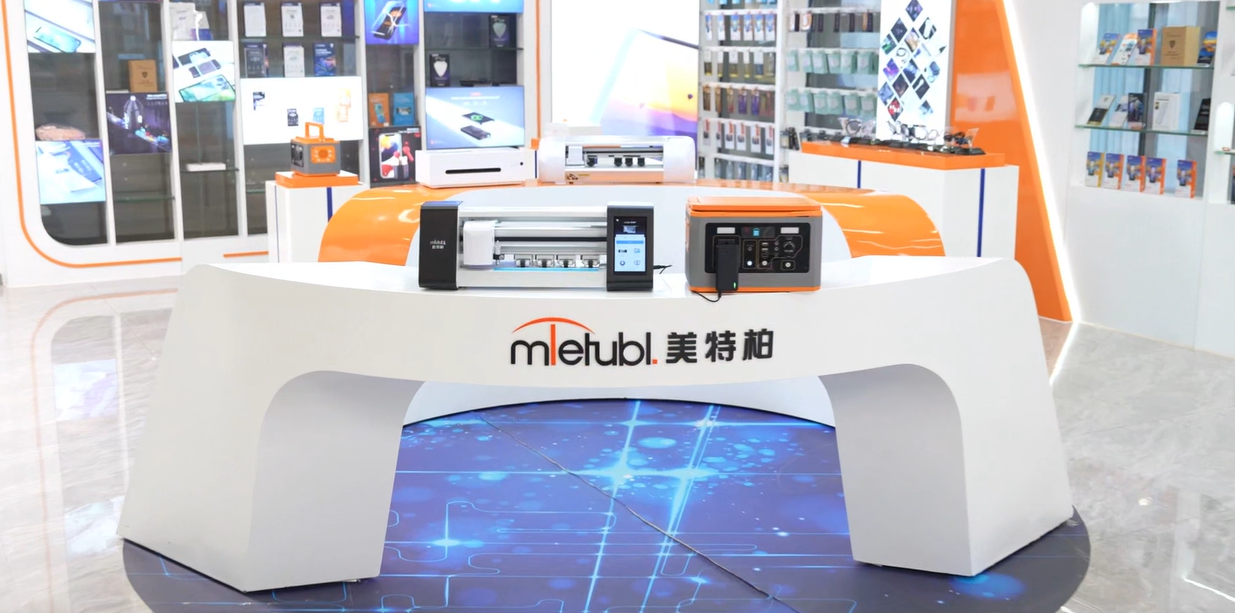
MIETUBL Brand Overview
MIETUBL is a brand originating from China and thriving through China’s intelligent manufacturing. It is committed to providing high-quality mobile accessories and related products to global consumers. Since its inception in 1998, the brand has followed the trends of the times, focusing on resource integration and building a symbiotic and shared industry ecosystem, enabling global consumers to conveniently access quality products that enhance their lives.
By continuously innovating and diversifying its product offerings, MIETUBL has achieved significant success in the mobile accessory industry. As a brand driven by customer value and innovation, MIETUBL has expanded into various product applications while accumulating rich industry experience and establishing a stable customer base. Headquartered in Zengcheng, Guangzhou, the company has strategically positioned itself within the mobile accessory industry, integrating high-quality production resources and aiming for a win-win business model.
Core Values and Development Vision:
-
Customer-Centric: MIETUBL always prioritizes customer needs, continually enhancing product quality and consumer experience through innovation and technological research and development.
-
Resource Integration and Industry Symbiosis: By integrating industry resources, MIETUBL creates a symbiotic, shared industry ecosystem, connecting global distributors and consumers, and promoting mutual growth across the value chain.
-
Global Vision: MIETUBL is committed to bringing Chinese manufacturing to the world, providing global consumers with high-quality, innovative mobile accessories, while offering profitable opportunities for distributors.
MIETUBL’s long-term vision is to continually enhance its products through innovation and quality, establishing “MIETUBL” as a globally trusted brand, recognized in markets around the world.
PRODUCTS
How Tempered Glass is Used in High-Rise Buildings for Safety
Enhanced Strength and Impact Resistance
The defining characteristic of tempered glass is its significantly increased strength compared to annealed (standard) glass. This enhanced strength is achieved through a process called thermal tempering, where the glass is heated to a high temperature and then rapidly cooled. This rapid cooling creates compressive stresses on the surface and tensile stresses within the core of the glass. This internal stress distribution is what makes tempered glass incredibly resistant to impact. A standard glass pane might shatter easily from a relatively small impact, whereas tempered glass is much more likely to withstand considerable force. In a high-rise building, this resilience is critical in protecting against accidental impacts, such as dropped objects or even minor collisions.
This increased strength isn't just about preventing shattering; it also contributes to the overall structural stability of the building. In the event of an external impact, such as a strong wind gust or accidental collision, tempered glass is less likely to fail, thus maintaining the integrity of the building's facade and preventing further damage or potential collapse.
Safety in Case of Breakage
Even the strongest materials can eventually fail. However, the way tempered glass fails is a key component of its safety contribution. Unlike annealed glass, which shatters into sharp, jagged shards when broken, tempered glass breaks into small, relatively harmless granular pieces. This characteristic is crucial in high-rise environments. If a tempered glass pane were to break, the resulting fragments pose a significantly reduced risk of causing injury to occupants or passersby. This is especially important in areas with high pedestrian traffic or vulnerable individuals.
This safety feature also minimizes the risk of further damage. The granular nature of the breakage prevents the spread of sharp fragments, limiting the potential for cascading failures or damage to surrounding structures. This contributes to the overall safety and stability of the building, particularly in areas with multiple interconnected glass panels.
Diverse Applications in High-Rise Buildings
The versatility of tempered glass allows for its use in a wide range of applications within high-rise buildings. It's commonly used in curtain walls, the exterior glass skin of the building, providing both aesthetic appeal and protection from the elements. It's also frequently found in interior partitions, balustrades, and railings, further enhancing safety within the building itself. The use of tempered glass in skylights and atriums maximizes natural light while ensuring safety from potential falls or accidental impacts.
The design possibilities are numerous. Tempered glass can be laminated with other materials to further enhance its safety and soundproofing capabilities. This combination provides additional protection against severe impacts and reduces noise pollution from the outside world. The use of tempered glass is not just a safety measure; it's a design element that contributes to the overall aesthetic and functionality of the building.
Conclusion
In the construction of high-rise buildings, safety is paramount. Tempered glass, with its superior strength, impact resistance, and safe breakage pattern, plays a vital role in ensuring the safety of both occupants and the building itself. Its diverse applications, coupled with its aesthetic appeal, make it an indispensable component of modern high-rise architecture, providing a vital contribution to the safety and stability of these towering structures.
SUBSCRIBE
INQUIRY